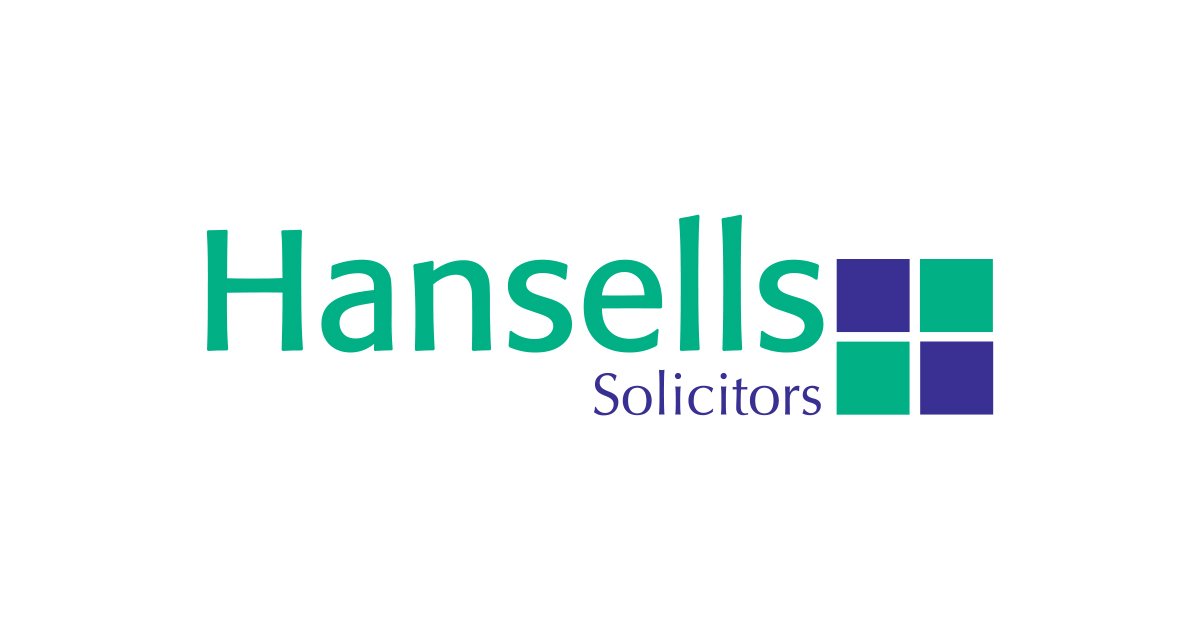Discover our eight top tips to manage A.I. in the workplace.
In this article, (a five-minute read) we cover the important and topical subject of artificial intelligence, A.I., and outline eight key steps to better manage its use in the workplace.
There can’t be many who’ve managed to avoid the phenomenon that is Chat GPT. The artificial intelligence engine supplies coherent and frighteningly plausible responses to an infinite volume of queries. Only occasionally does it trip up, overlook a key point, or misunderstand the brief. Overall, the first-term school report for this “new kid on the block” would be glowing in praise if not trepidatious about the consequences of this machine’s ultimate impact on our lives.
Chat GPT was released in November 2022. Within a few months, some of the UK’s largest employers declared significant downsizing measures as a direct result of their proposed adoption of the technology. BT will be shedding 10,000 jobs due to A.I., the tip of the iceberg, as the *World Economic Forum predicts Artificial Intelligence and other economic drivers will result in 83 million job losses over the next five years *ref WEF New Future of Jobs report.
Taking a rather more positive view on the technological advances of A.I., it may well afford us the opportunity to consider the controversial issue of a 4-day week. As steam power gave vent to mechanised production and the industrial revolution, A.I. could finally see the realisation of an equivalent large-scale shift in working practices. We could find ourselves finally making effective use of technology in a way that directly improves the quality of our lives.
Meanwhile, business owners are faced with a technology that they are only just beginning to grasp. Employees are experimenting, sharing experiences and short cutting their working days. The output includes emails, reports, website copy, articles, and adverts (including full TV production-level ads). The proliferation of A.I.-generated content may lead authors, copywriters and bloggers to declare as a footnote, “ A.I. Free” or “100% human” to reassure readers that their content was not produced as a result of tools such as Chat GPT.
Interestingly HR departments were some of the earliest adopters of A.I. tech. The often-tortuous process of recruiting became systemised through the application of A.I. driven filters and systems. Training programmes also benefit from the use of “how-to” chat-bots. But now this new revolution and open access to A.I. platforms such as Chat GPT pose a whole new challenge.
Here follow eight suggested considerations that can help you gain a greater grasp of managing employees implementing A.I. technology in the workplace:
- GDPR, Data Management and Privacy: One of the most frequently discovered issues with A.I. is a growing reliance on its ability to deliver 100% accurate and compliant output. We would strongly suggest that employees be clearly instructed that they will be held responsible for any breach of regulation if it occurs via their application of artificial intelligence. A.I. is not infallible and simply using unverified, unchecked data could lead to non-compliance with data protection regulations and potentially impact employee privacy and security.
- Ethical Use of AI: Following on from the specific compliance of data regulation there is also the risk of output being in breach of employment laws that govern discrimination and overall fairness of employee behaviour. For example, using Chat GPT to respond to a loaded question on matters relating to a protected characteristic such as gender or neurodiversity and sharing via company networks would be a clear disciplinary matter. Establish guidelines and policies to govern the responsible and ethical use of A.I. tools.
- Training and Awareness: You shouldn’t assume a common level of awareness and understanding of A.I. applications amongst your staff. Provide a basic level of training to all employees relating to the use of Chat GPT, its limitations, and appropriate applications. At the same time, you can raise awareness about the technology’s capabilities and potential implications for their work.
- Transparency and Accountability: Research has indicated over 60% of employees using Chat GPT for work have failed to inform their managers. You can overcome reluctance to share information by clearly communicating the purpose, scope, and potential impact of AI-driven systems. Introduce monitoring apps such as GPT Zero to assess written output to determine the % of output created by A.I. Establish accountability mechanisms for monitoring and addressing any issues or concerns.
- User Experience Accuracy and Support: Chat GPT is currently using data from 2021, it is therefore not up to date. Address any technical issues promptly to minimize disruptions, inaccuracies, or errors in their work.
- Employee Feedback and Inclusion: Encourage employees to provide feedback on their experience with A.I. platforms. Actively seek their input on the system’s performance, usability, and any potential biases encountered. Incorporate feedback to improve the technology and address concerns.
- Employee Well-being and Job Security: Evaluate the potential impact of artificial intelligence on employee job security. Consider addressing concerns related to job displacement, changes in job responsibilities, and potential mental health implications.
- Legal and Compliance Considerations: There are several concerns relating to the ethical use of A.I. It is an evolving situation that offers both opportunities and risks. When reviewing legal risks, you would need to consider areas such as intellectual property rights, and all potential liabilities arising from AI-generated responses.
I would strongly advise amending your HR policies to reflect the application and use of AI at work. If you would like assistance with this, please do not hesitate to contact me.
